35.122 Scrobipalpa clintoni Povolny, 1968
Status and Distribution
Very local, formerly restricted to the west and southwest coast of Scotland. Can be locally abundant as a larva but adults are rarely encountered in the wild. In 2023 tenanted Rumex stems, with a few pupae present, were found at Cullen, Banffshire and a moth was bred in 2024. This is the first record away from the west coast of Scotland, suggesting coastal searches elsewhere in the country would be of value.
It was searched for in western Ireland and Orkney during the late 1960s and early 1970s and in Lancashire during 2017 and 2018, without success.
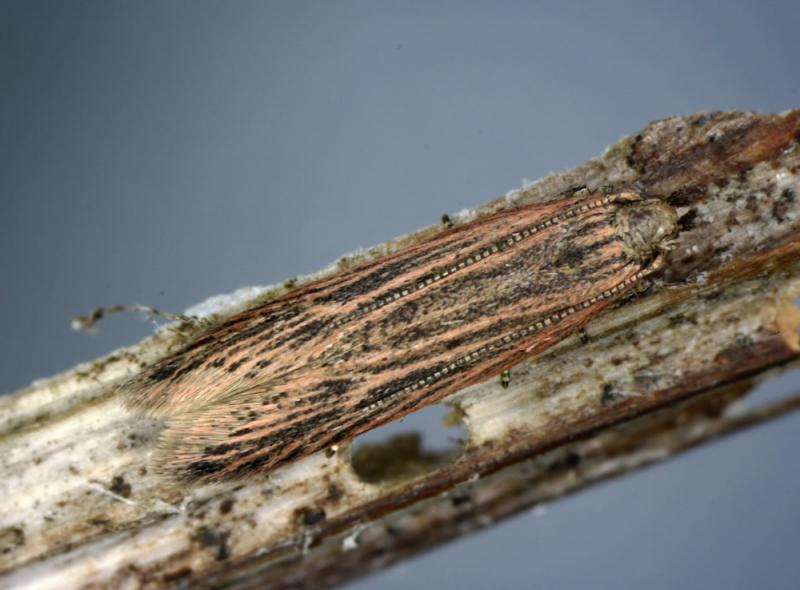
Provisional map
Foodplant and Larval Feeding Signs
Rumex crispus (curled dock), see plant distribution map and, in 2014, found for the first time on Rumex obtusifolius (broad-leaved dock). In Europe (Latvia) it has been found on Rumex confertus along river banks.
Stems of Rumex acetosa were checked at the R. obtusifolius site and are considered unsuitable for S. clintoni as they are hollow and contain no pith (Beavan & Heckford, 2014).
The larva feeds in the stems of the foodplant making small holes usually near the nodes where it ejects pale brown frass (see note below under 'Finding the Moth').
Habitat
Restricted to stony seashores, sandy and shingle beaches and grassy areas very close to high water mark. In Europe, it has additionally been found on dry coastal commons where the foodplant occurs and, in Latvia, on river banks using Rumex confertus (present at only a few widely scattered locations in the British Isles as an introduction).
Finding the Moth
Larva: feeds in all parts of the stems during July ejecting pale brown frass from holes usually near the nodes. Later it overwinters as a pupa in the stem adjacent to a small hole. Robin Knill-Jones has commented that the pupae, found at a site on the River Clyde, occur head down and usually near a node. One fresh pupa was found under an old leaf base which may account for the minimal burrowing found in many stems at this site.
Caution should be exercised when recording this species from larval feeding signs only as very small holes can be found in stems where limited internal feeding exists. These may be produced by non-lepidopterous larvae and away from known sites for this moth it is suggested the larva, pupa or pupal exuvia are checked to ensure the feeding is lepidopterous.
Adult: rarely observed in the wild.
Similar Species
Slightly variable in colour and markings, it can resemble Scrobipalpa pauperella and paler forms of S. acuminatella. Specimens with pale veins contrasting against a darker background are rather characterisitic and the lack of red-brown colouration normally help separate it from other Scrobipalpa species. Sometimes the forewing has a slight pinkish flush when fresh. Dissection of worn moths is recommended.
Single brooded from April to June.
Very few flight dates are available as it is rarely seen as an adult. In parts of Europe it is double-brooded occuring from May to June and again from the middle of July into August.

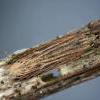
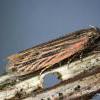
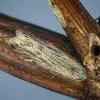
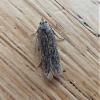

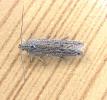
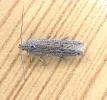
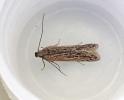
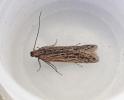
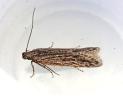

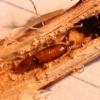
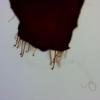
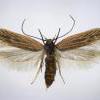
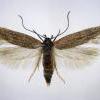
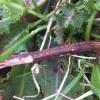
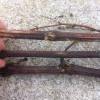

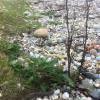
_0.jpg)
_0.jpg)
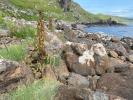
_0.jpg)